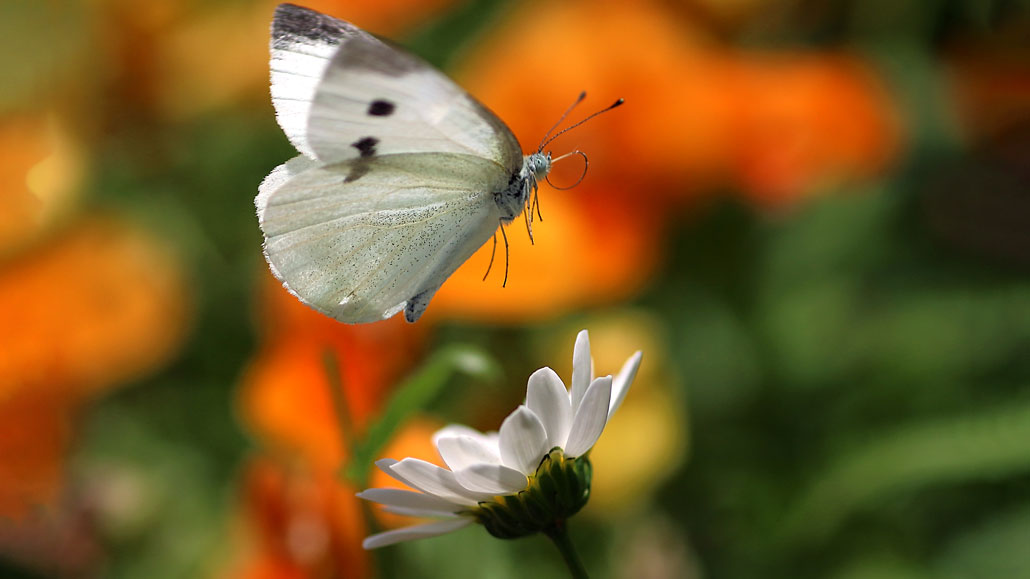Questions for “Butterflies use jet propulsion for quick getaways”

This cabbage butterfly’s wings lifted it during takeoff. As they snap together in a wing clap, they will propel it forward.
shene /Moment/Getty Images Plus

This cabbage butterfly’s wings lifted it during takeoff. As they snap together in a wing clap, they will propel it forward.
shene /Moment/Getty Images Plus
Register to access:
An error occurred. Please try again.
Already Registered? Enter your e-mail address above.